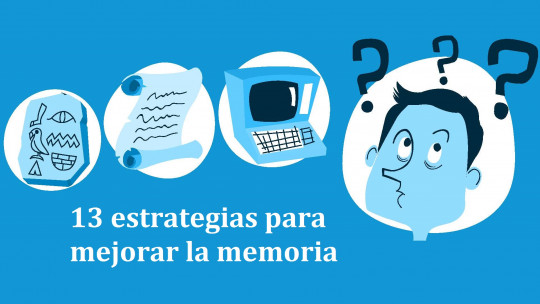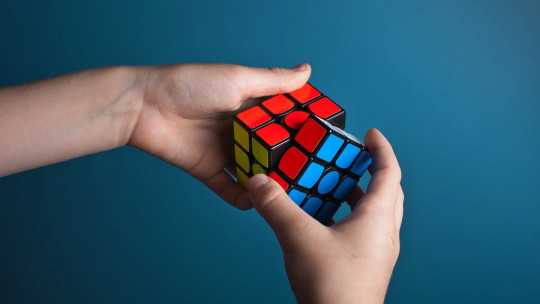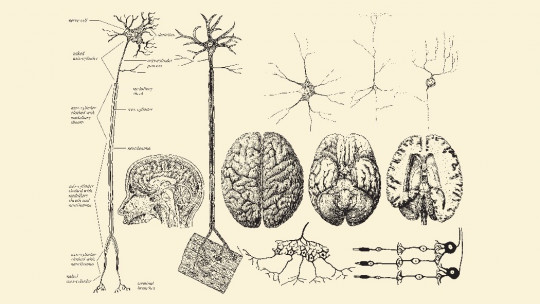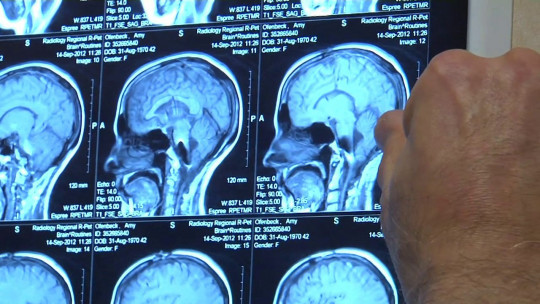Not everyone has the same ability to retain knowledge. However, there are ways to improve memory.
One of the best-known techniques to achieve this purpose is what is known as the memory palace We are going to dedicate this article to analyzing this method, knowing the characteristics that make it different from the rest and where its effectiveness apparently lies.
What is the memory palace. Definition and history
The memory palace, also known as the method of loci, the mind palace technique or even memory travel, is a resource to increase the retention capacity, the basis of which is the mental generation of a spatial scenario known to the subject, which will act as a guide to facilitate memory
Although it may seem like a modern and cutting-edge method, the truth is that this system is one of the oldest mnemonic methods known. Its origin dates back to between the 6th century and the 5th century BC. The person who made it known was none other than Cicero, jurist, writer and general personality of the Roman Empire.
Cicero learned the memory palace system from another author, Simonides of Ceos, a poet of classical Greece, who was the one who, unknowingly, developed a method of remembering through a chance event. Simonides was in the house of Scopas, a wealthy man who had found him to write a poem in his honor and tell it in front of his guests.
However, when Simonides finished, Scopas was not satisfied, as he alleged that the text cited other (mythological) personalities more than himself, who was the protagonist, so he decided to pay him only half of what was agreed, placing Simonides to get the rest of the money in the homes of the other characters mentioned in the poem.
But, as soon as they left the place, an earthquake occurred, which reduced that and other houses in the area to rubble. When it came to finding out who had died in the house of Scopas, Simonides’ work was of great value, thanks to the memory palace How was this possible? Thanks to the way Simonides stored the memories.
This man was able to identify all the bodies found, because he remembered the exact position occupied by each of those present in the Scopas house. Therefore, making use of the memory palace, he only had to take a mental tour through the room in which he had been some time before, and locate everyone present one by one.
This is the origin of the so-called method of loci, which also receives this name since, In Latin, the term loci means “of places”, and refers to the use of spatial reference that is, to the specific place, as a system to remember in a simpler way and with more detail.
Recovery of the method in the Middle Ages
But that has not been the only historical moment in which the memory palace has been used. Several centuries later, taking us back to the Middle Ages, there were several groups of monks whose task was to retain different parts of the Bible with the aim of narrating these scriptures later without having to read them.
Even the theologian and philosopher, Thomas Aquinas, mentioned this methodology and recommended it as one of the means to study, meditate and achieve the goal that Christians had in piety He was not the only one who revitalized the use of the method of Loci. Matteo Ricci, Jesuit missionary, used this system to try to transfer the knowledge of Christianity to the countries of the East.
In fact, it was Ricci himself who baptized this methodology with the expression memory palace. Later, towards the end of the 15th century, The astronomer Giordano Bruno tried to use the zodiacal constellations as spatial regions with which to memorize concepts
However, not everyone approved of the use of the memory palace. For some authorities, this way of creating knowledge did not adapt to what divine commands ordered. This was the case of the Protestant extremists of England, known as Puritans, whose arguments were supported by Erasmus of Rotterdam.
For another long season, the memory palace fell into disuse. But it was in the 19th century when it was recovered and began to be applied progressively, reaching its maximum popularity in the United States throughout the 20th century. In fact, this was the methodology used by the winners of the US Memory Championship, held in 1997.
How the memory palace works
We already know the history of the memory palace or method of loci. Now we are going to delve into the elements on which its effectiveness as a mnemonic rule is based. The system is the following: The person who wants to remember a series of elements, the first thing they should do is choose a spatial location that they know well, for example a house or the living room of a building
These images are stored in long-term memory, so they are quality memories. The person will take a mental tour of this place, establishing a series of landmarks, or locis, that is, places. At each of these points, he will try to visualize one of the elements that he intends to remember, physically seeing it there.
The next step will, of course, be to recover the memory. To do this, the subject will go through the mental images of the place that he had used as a guide. While he “walks” through the room or the evoked space, he will stop in front of each of the loci. In each of these places, you will “observe” the element you had memorized
This is how the full potential offered by the memory palace system is used. If trained enough, it can be used to remember long strings of items. Obviously, the individual capabilities that each subject has as a basis will also make a difference.
In that sense, we find world memory champions like Clemens Mayer, who used a mental tour with 300 stops in which he distributed 1040 numbers in order to recover them after 30 minutes of memorization. Dominic O’Brien has used this technique to become memory world champion no less than eight times.
Another master of mnemonics, Gary Shang, was able to memorize more than 65,000 decimals of the number pi, taking the virtues of the memory palace to the extreme This feat, logically, is within the reach of very few, no matter how much the method of loci is mastered.
Memory Palace Training in Six Weeks
In the 2021 study by the team of researchers led by Wagner, the memory palace is used to check the performance that a group of people could experience compared to individuals specialized in the use of different mnemonic rules.
In the first phase, The authors focused on the group of mental athletes, studying the methods used by these individuals who in some cases were among the 50 people in the world best classified in memory capacity records, so we are talking about the individuals with the highest skills in said discipline.
Regarding individuals with average memorization abilities, two groups were established, one to which a six-week training was applied in different methods to facilitate memory through images, among which was the memory palace. The other was the control group, which did not receive said training.
The interest of the study fell on the application of the magnetic resonance technique, to observe what happened in the brains of these people when they recovered the memories that they had encoded using this methodology. The activation of the lateral prefrontal cortex decreased throughout the process.
Besides, activity was observed especially in the area of the hippocampus and neocortex throughout the phase of consolidation of memories through the memory palace The study was extended for 4 months to review long-term results. The research allows us to graphically understand the brain processes underlying this memorizing method.









